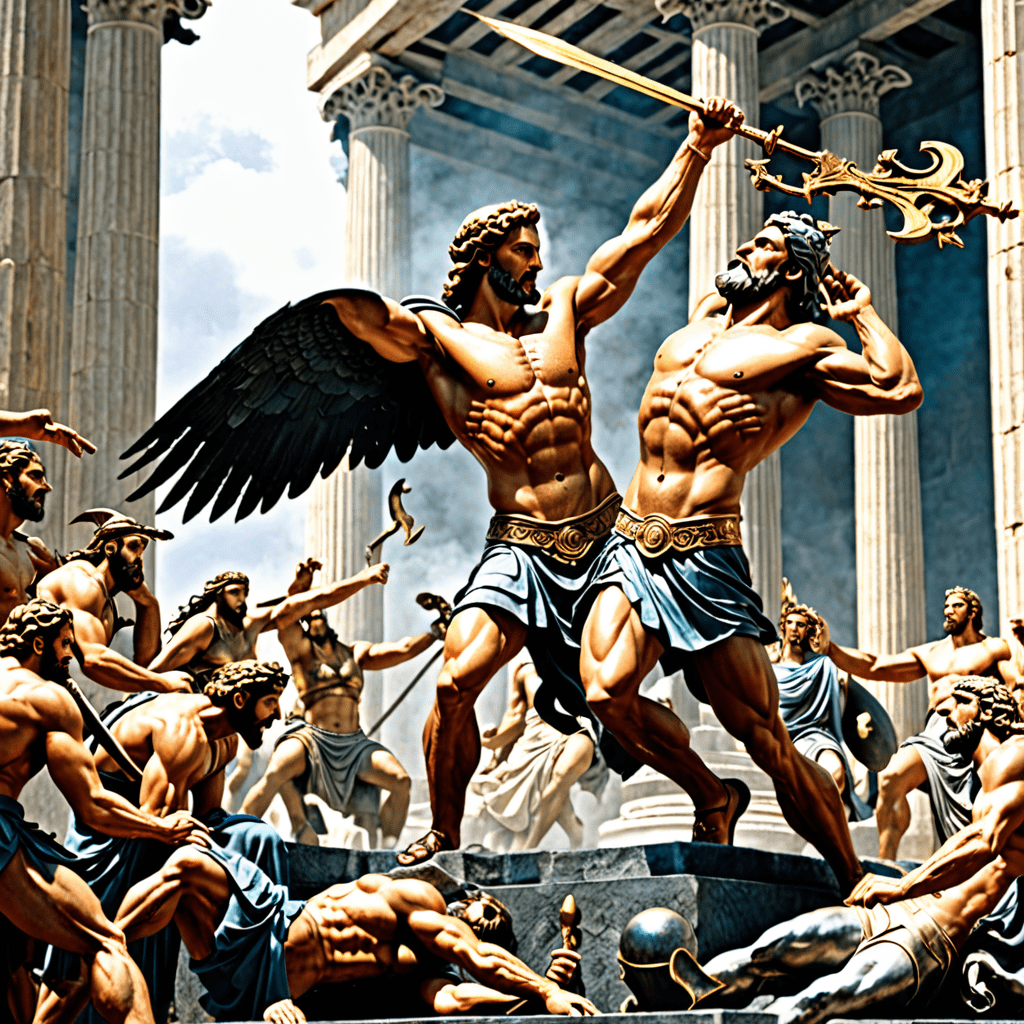The Symbolism of Weapons and Armor in Roman Mythology
Introduction to Weapons and Armor in Roman Mythology
Weapons and armor play significant roles in Roman mythology, often embodying deeper symbolic meanings beyond their physical purpose. In Roman myths, the choice and depiction of weaponry and protective gear underscore specific characteristics of the gods, heroes, and legendary figures.
Meaning Behind Weapons in Roman Mythology
In Roman mythology, weapons are not merely tools of warfare but symbols of power, authority, and divine protection. For example, the thunderbolt wielded by Jupiter, the king of gods, represents his command over the skies and his ability to instill fear and awe in both mortals and immortals.
Mars, the god of war, is often depicted with a spear and shield, symbolizing aggression, disciplined warfare, and strategic defense. The spear embodies his martial prowess, while the shield signifies protection and resilience in battle.
Furthermore, weapons like swords and bows carried by heroes such as Aeneas and Hercules showcase traits of bravery, skill, and determination in overcoming challenges and adversaries.
Symbolism of Armor in Roman Mythology
Armor in Roman mythology symbolizes invincibility, fortitude, and divine favor. The mythological figures adorned in majestic armor convey their status as legendary heroes or powerful deities worthy of reverence and allegiance.
The Aegis, a shield associated with Minerva, symbolizes protection, wisdom, and strategic warfare. It reflects Minerva’s strategic intelligence in battle and her role as a guardian of civilization.
Additionally, the iconic armor worn by figures like Achilles or Aeneas not only serves as physical protection but also highlights their exceptional courage, valor, and destiny in fulfilling epic quests and enduring formidable challenges.
Conclusion
FAQ about The Symbolism of Weapons and Armor in Roman Mythology
What is the significance of weapons and armor in Roman mythology?
Weapons and armor in Roman mythology often symbolize strength, protection, and power. They are commonly associated with gods, goddesses, and legendary heroes, reflecting their divinity, authority, and prowess.
Which weapons and armor are most commonly seen in Roman mythology?
In Roman mythology, the sword, shield, helmet, spear, and armor are recurrent symbols. For example, the sword represents decisiveness, the shield signifies defense and resilience, while the armor embodies invincibility and readiness for battle.
How do weapons and armor add depth to the stories in Roman mythology?
Weapons and armor in Roman mythology not only serve as tools of warfare but also carry symbolic meanings that enhance the narratives. They can represent valor, justice, protection, and the eternal struggle between good and evil in the mythological tales.
What gods or goddesses in Roman mythology are closely associated with specific weapons and armor?
Mars, the god of war, is often depicted with a spear and armor, symbolizing his martial prowess. Minerva, the goddess of wisdom and strategic warfare, is linked to the shield and helmet, representing intellect and protection. Additionally, Venus, the goddess of love and beauty, is occasionally portrayed with weapons as a symbol of love




